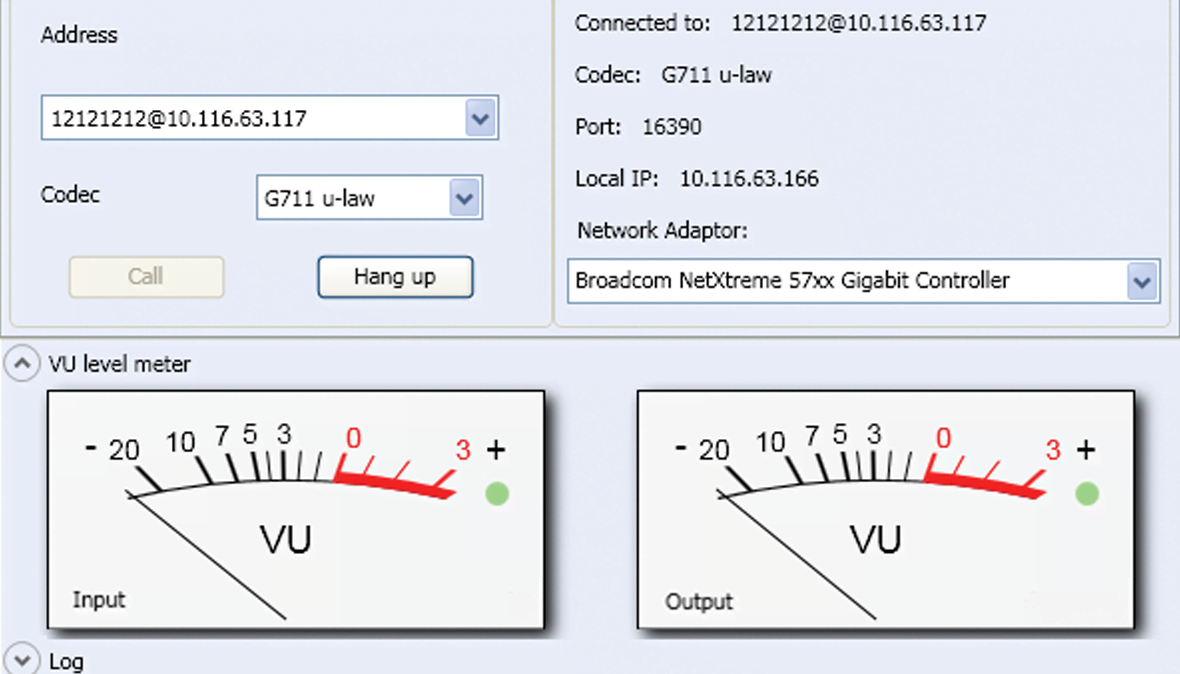BZ-5828
VoIP phone test Software Interface
Software for simulating a VoIP network phone and handling analogue input and output via a high-quality sound card, for speech performance evaluation.
Richiedi un preventivoThis interface software establishes an audio connection to a VoIP (voice over Internet protocol) phone. By simulating the phone’s VoIP network, it allows you to test the phone’s acoustical performance during a call using PULSE test software. The interface works by establishing a call between itself and the phone. Then it reassembles the packetized data in the network into a continuous signal stream. This is presented to the test system in a usable and calibrated analogue format, using a high-quality sound card.
USE SCENARIOS
- Verification of acoustic design of IP phone systems that use a LAN (local area network) or the Internet during R&D in the research lab
- Evaluation and refinement of speech processing for VoIP phones, such as echo cancellers, voice activity detection and multiband compression
- Objective and subjective evaluation of phone components such as noise suppressors, microphone input filters and receiver output filters
- Calibrating the audio interface used with the VoIP terminal
- Quality assurance and sample testing of VoIP terminals from the production line
IN USE
The interface – or network simulator – allows you to set up relevant VoIP terminal parameters, before a dedicated calibration procedure allows accurate compensation for the gain (or attenuation) presented by the sound card. Calibration uses a built-in generator to output a sinusoidal signal. During testing, the two level meters provide analogue displays of the input and output, with small digital readouts in dBm.
We recommend using Brüel & Kjær’s USB Audio Interface ZE-0948 as the sound card.
CAPABILITIES
- Implements SIP (session initiation protocol) and RTP (real-time transport protocol) for transfer of audio
- Stable delay that is known, and free from jitter or dropouts
- Codec encodes and decodes the audio
- Acts as a telephone exchange for VoIP terminals
- Monitors digital input and digital output level

Iscriviti alla nostra Newsletter e ricevi le informazioni più recenti dal mondo del suoni e delle vibrazioni

